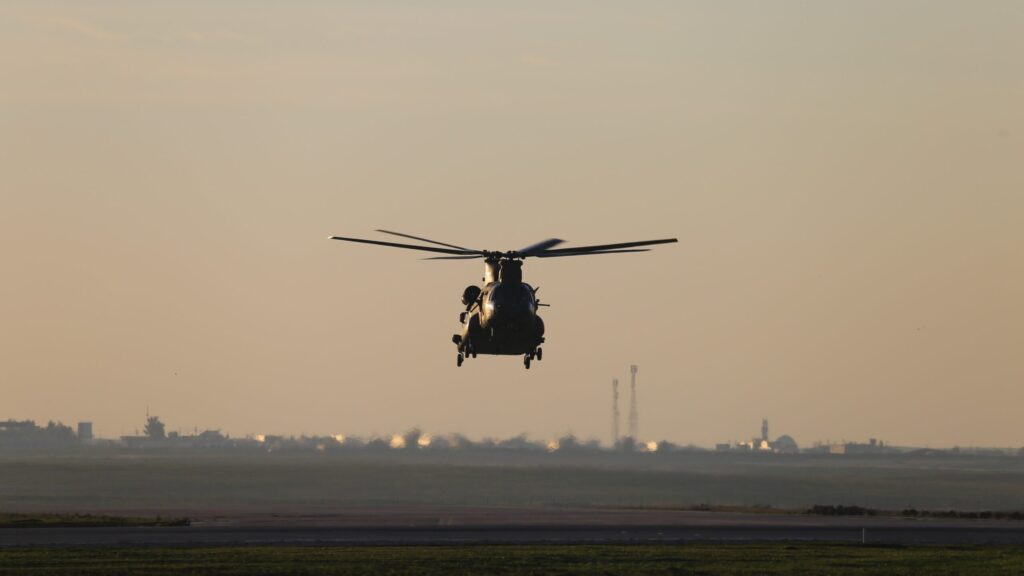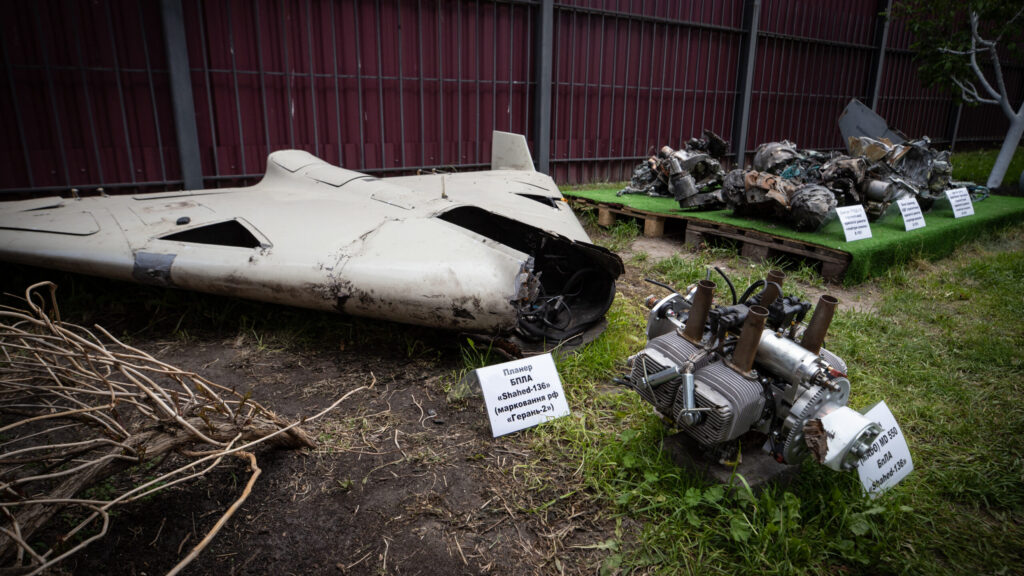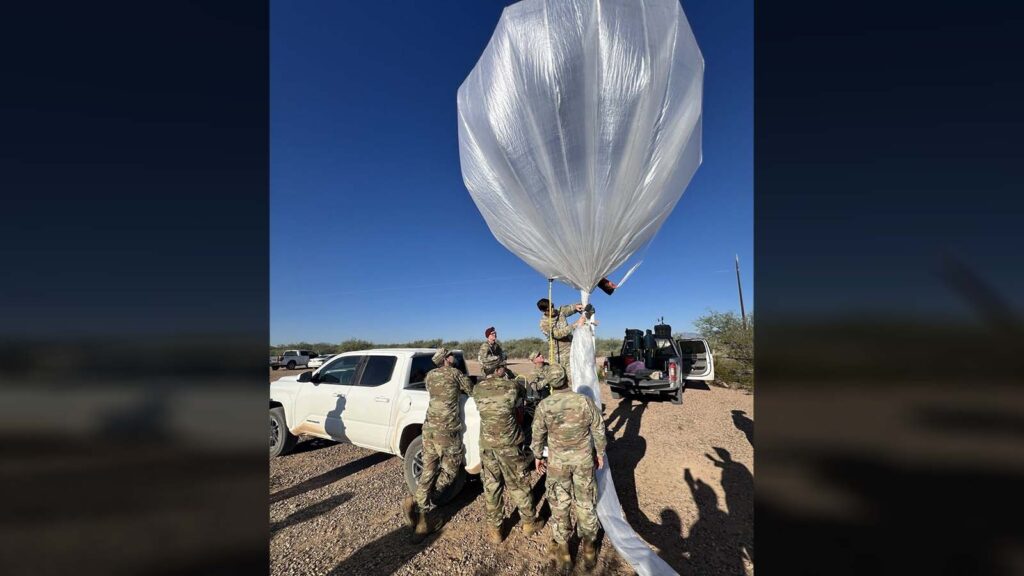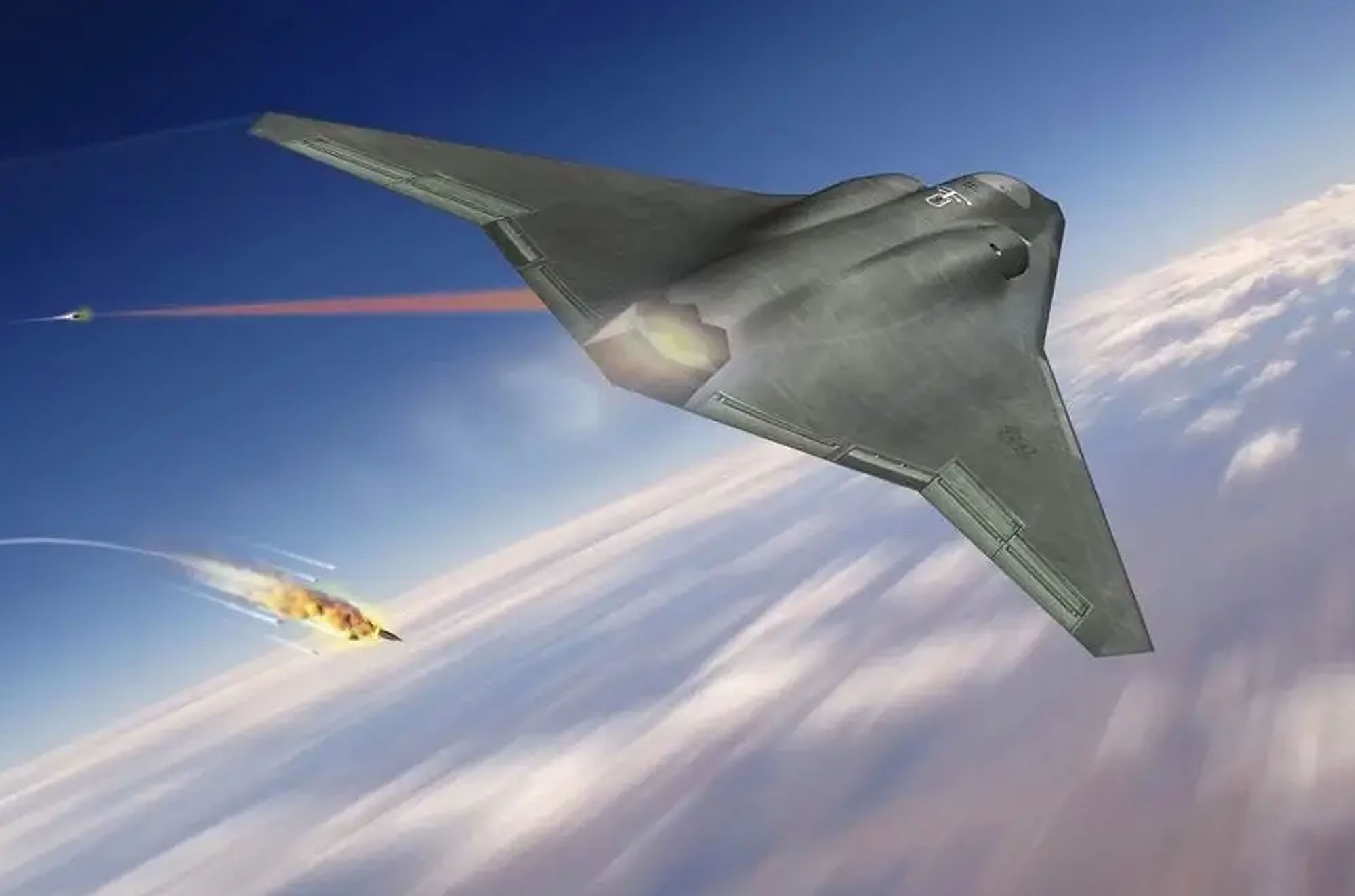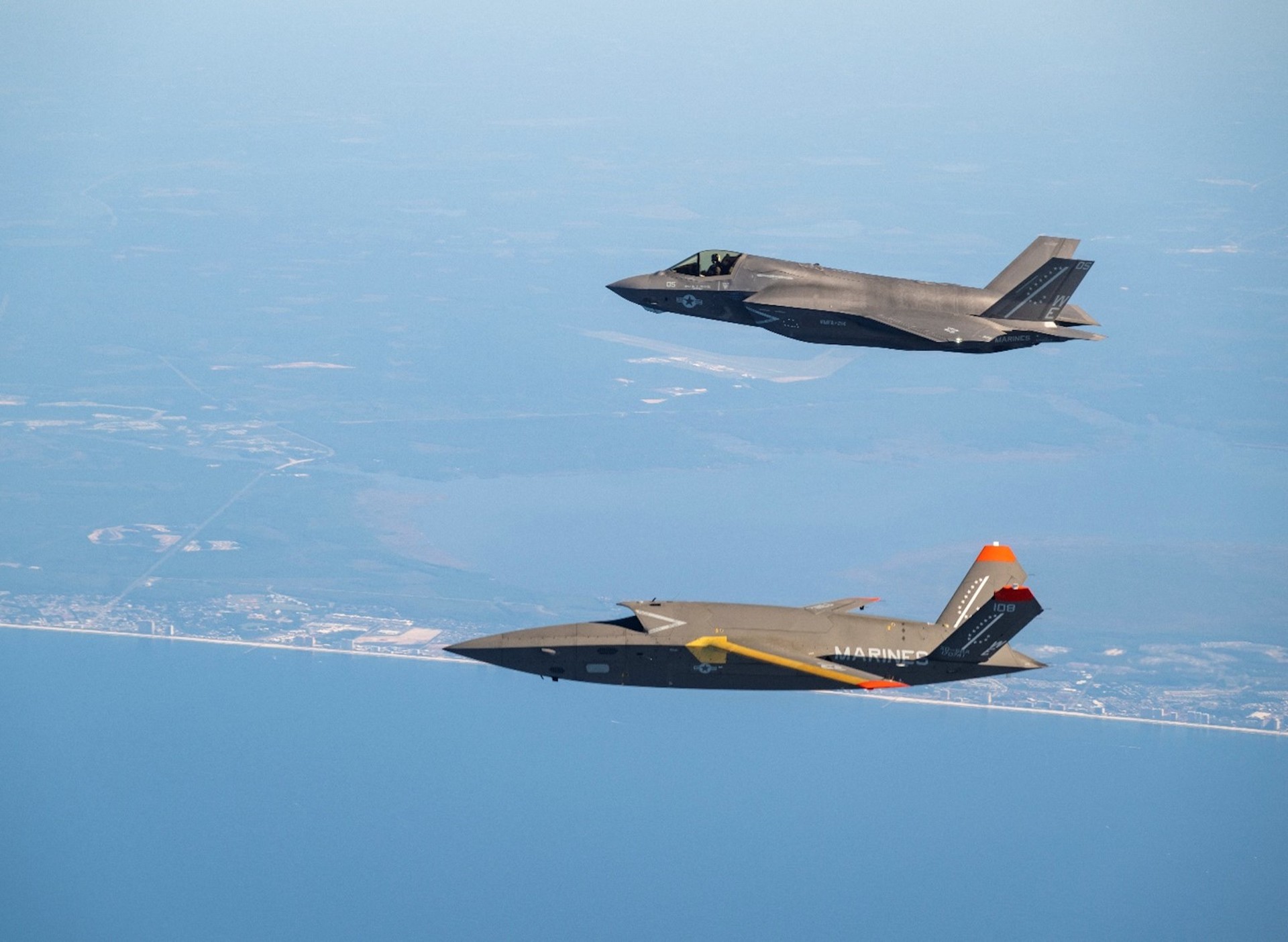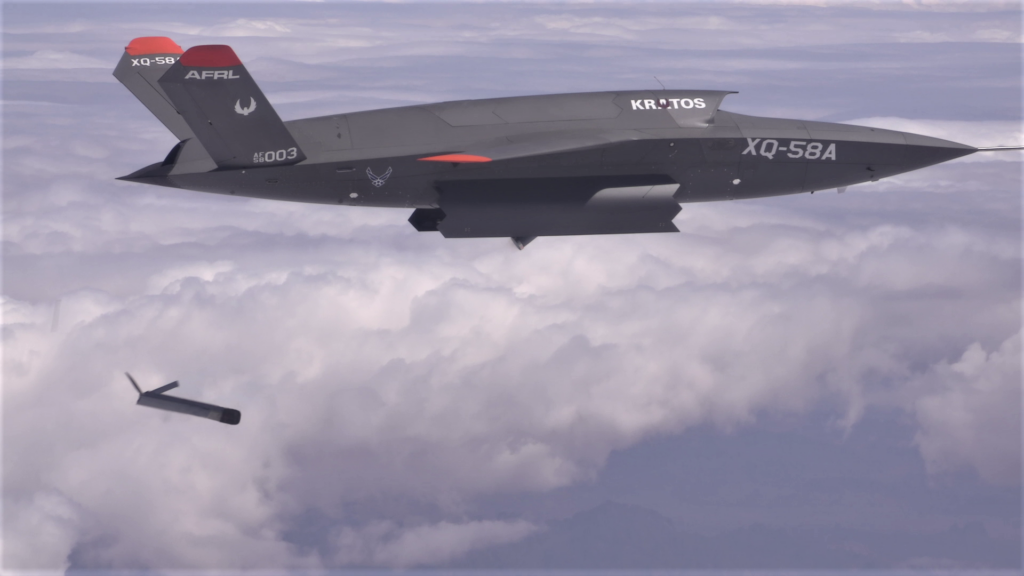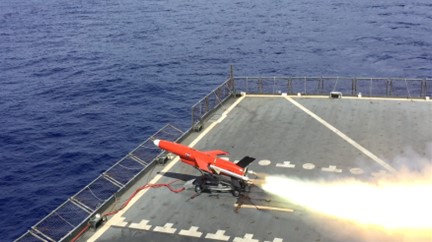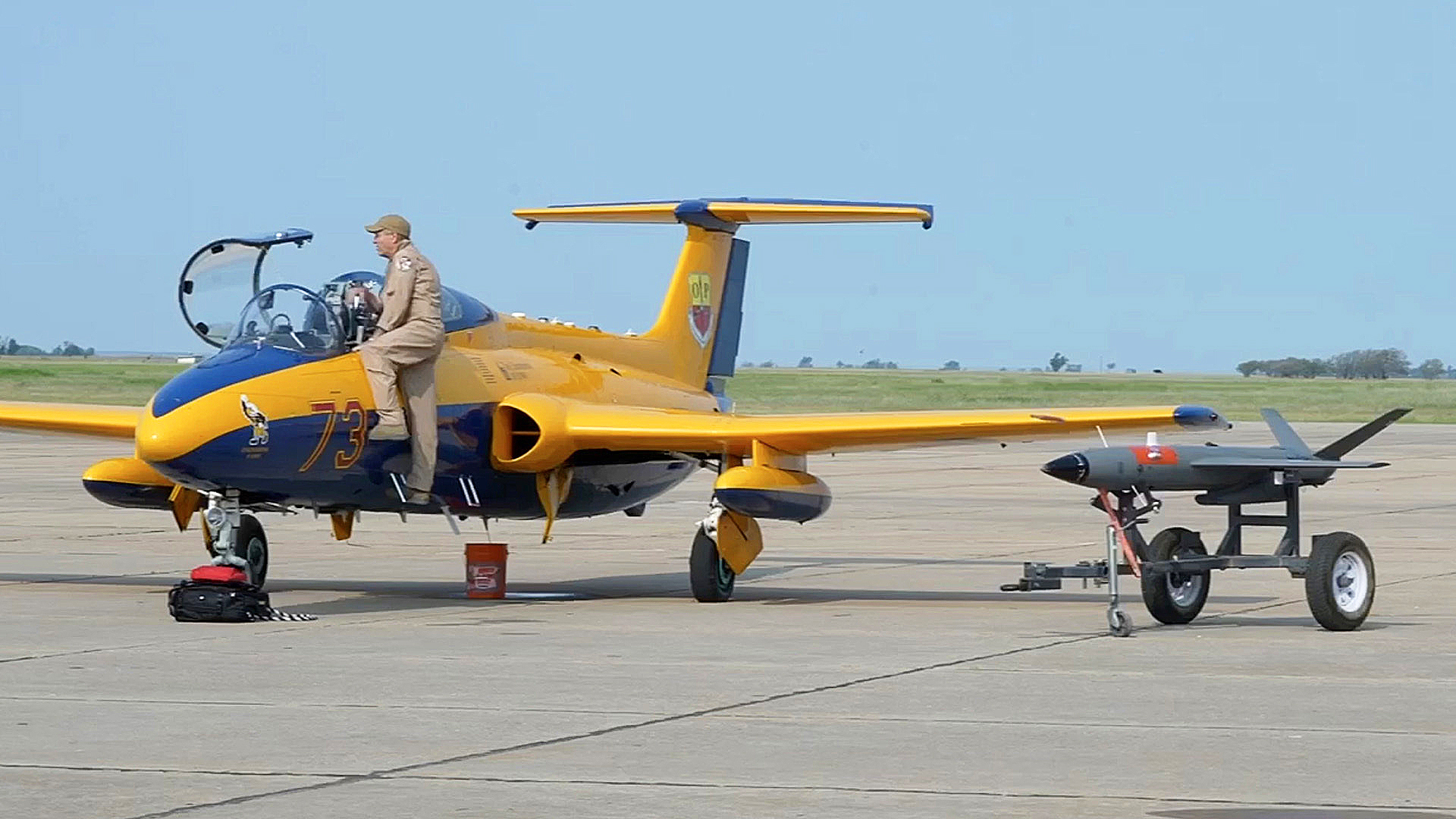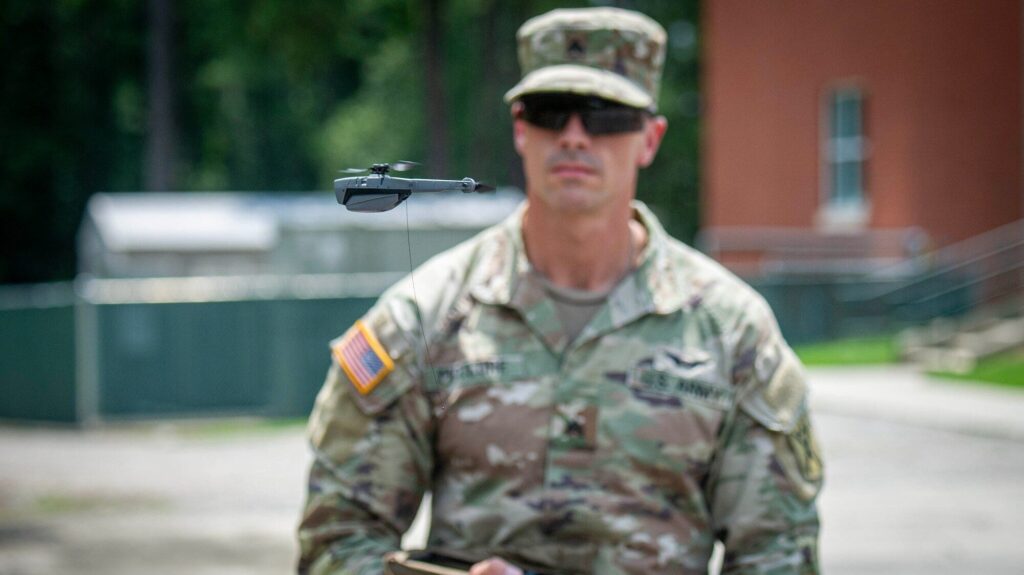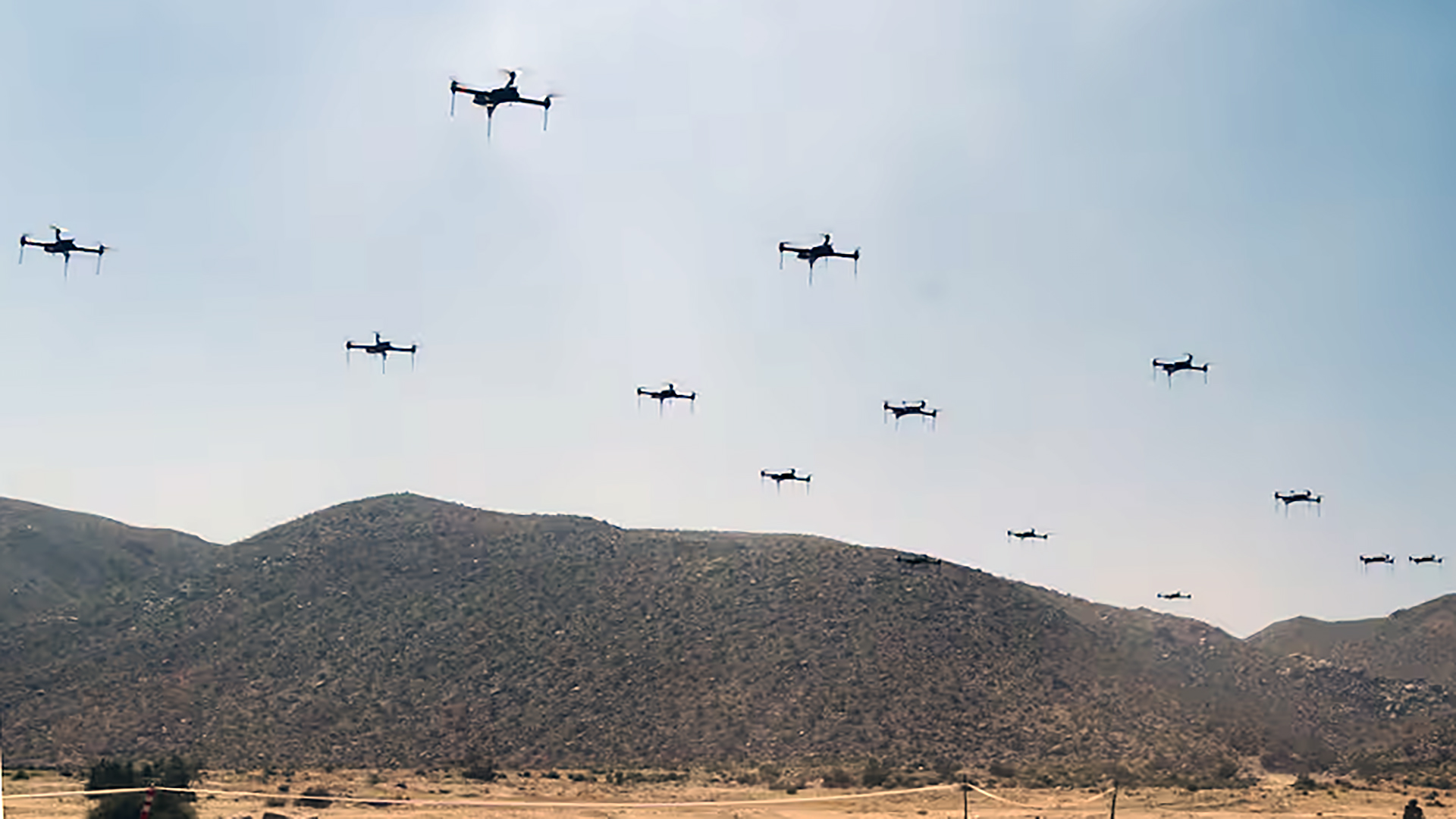- Reaction score
- 9,558
- Points
- 1,160
The need for "drones"

 www.defenseone.com
www.defenseone.com
And EW driving the movement towards more autonomy. Loss of comms? Follow the last order issued and CM.

 www.defenseone.com
www.defenseone.com

How many drones does the Army need? A lot more.
The experience of two brigades suggests that the number is far larger than it’s buying—and that’s just for training.
And EW driving the movement towards more autonomy. Loss of comms? Follow the last order issued and CM.

New AI-powered strike drone shows how quickly battlefield autonomy is evolving
First-person drone piloting is yesterday’s news. Drones are becoming smarter as the electronic environment around them makes operator communication more difficult.



